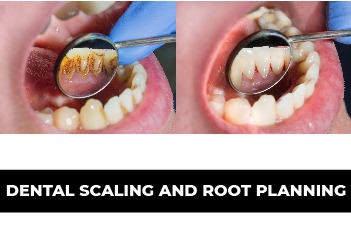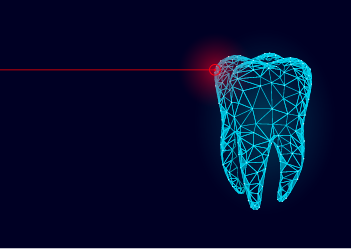Dental Scaling and Root Planning

Dental Scaling and Root Planning
What is SRP?
Tooth scaling and root planning (SRP) is a treatment for periodontal disease which is also known as gum disease. In early stages of the disease which is also known as mild gingivitis, dental scaling and root planning is enough to help keep the gums healthy and firm. In more advanced cases, the procedure acts as a necessary preparation before the required surgical treatment.
How to prevent yourself from SRP?
A primarily preventive treatment to control gum desease is to get a scaling done which removes the plaque, calculus and stains from the tooth structures. By doing scaling once a years, helps you be away from the gum diseases.
How do you know you’re a prone to SRP Treatment?
Patients who have swollen, inflamed gingiva, moderate to severe bleeding on brushing, and generalized suprabony pockets is something you have to be cautious about. Any of these symptoms means you will have to go to the dentist as soon as possible.
What is the basic preparation the doctor does before SRP Treatment?
Doctors will only perform scaling and root planing after a thorough examination of the mouth, which may include taking x-rays and visually examining the mouth. Depending on the condition of the gums, the amount of tartar present, the depth of the pockets, and the progression of periodontitis, Doctors may recommend scaling and root planning. In some cases, a local anaesthesia may be used during the procedure. Scaling and root planing can be used as a stand-alone treatment, or a preventative measure.
Benefits : Benefits of treatment is protecting teeth against tooth loss, making the mouth more aesthetically pleasing, and reducing bad breath caused from food particles and bacteria in the oral cavity. Superficial stains on the teeth will be removed during scaling and planing, adding an extra bonus to the procedures.
For more information please visit our website Beyond Smiles

